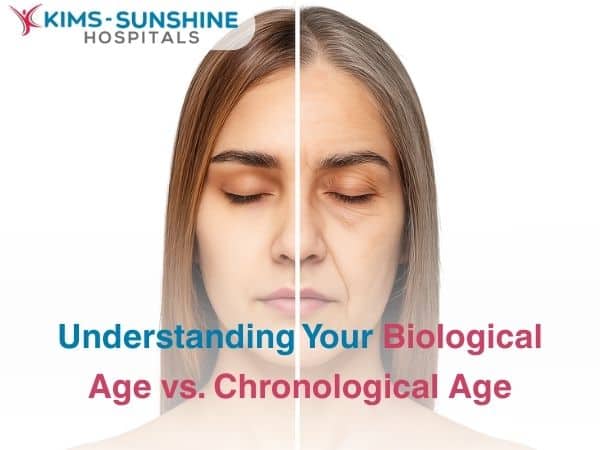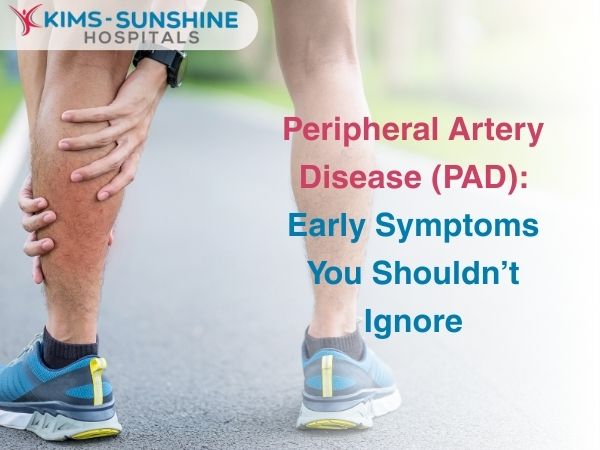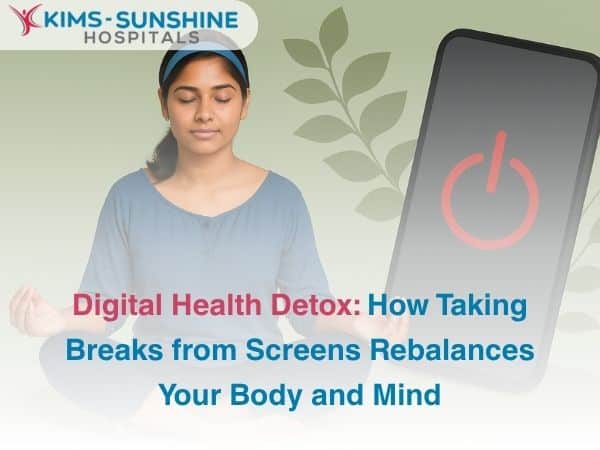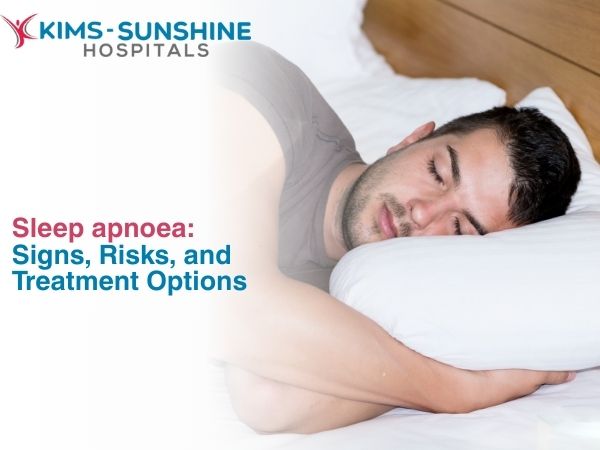
Sleep apnoea: Signs, Risks, and Treatment Options
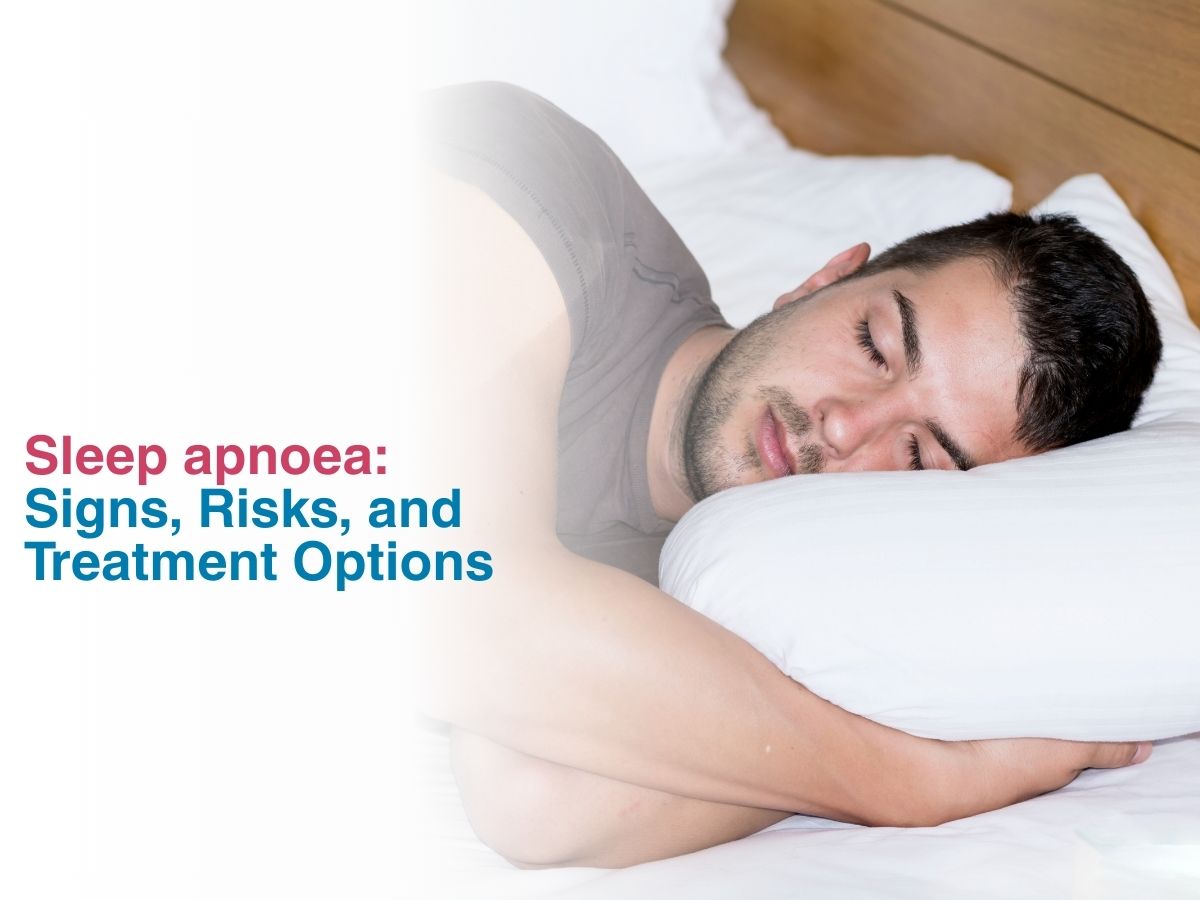
Sleep apnoea is a medical condition where someone stops breathing when they fall asleep. Then, their brain forces them to jerk awake, so that they can resume breathing again. When this happens through the night, there are cycles of you snoring, jerking awake and then trying to fall asleep- which means you won’t ever be able to get a full night of good quality sleep. Now, imagine this happening every night for a long period of time. This won’t end well right? In India, it is a pretty common condition, with over 11% of the population being diagnosed with obstructive sleep apnoea in some form and severity. There are different kinds of sleep apnoea too.
Early Signs And Symptoms Of Sleep Apnoea-
Some of the most common and noticeable signs to watch out for are-
- Feeling super exhausted during the day even if you think you have slept through the night
- Waking up with a very dry mouth
- Episodes where you jerk awake and gasp for breath
- Snoring loudly is a common occurrence
- You may have a headache in the morning
- Hypersomnia- where you feel very sleepy in the day
- Feeling very irritable most of the time
Many people snore but they don’t have sleep apnoea. The main difference between snoring and sleep apnoea is how relaxed the nose, mouth and throat tissues get. In Obstructive sleep apnoea (OSA), they get so relaxed that the passage closes up completely. Sleep apnoea is a sleep disorder that can cause chronic sleep deprivation and other long term issues.
Risks Of Untreated Sleep Apnoea On Overall Health-
The main issue with chronic sleep apnoea is the sleep deprivation that follows. Not sleeping enough or not sleeping well can cause a multitude of health issues like diabetes, hypertension, an increased risk of heart disease, stroke and other issues. You may not be in the right mood to work or socialise either and you may also suffer from headaches often.
Best Treatment Options For Obstructive Sleep Apnoea-
After a sleep test diagnoses you with obstructive sleep apnoea, you may be asked to make lifestyle changes along with using a CPAP (continuous positive airway pressure) machine, lose weight and sleep on your side. You may also be asked to get surgery if needed. A CPAP machine uses a mask through which you inhale air that flows at a particular pressure, to ensure your airways remain open. There are different kinds of these machines too.
Conclusion
Some natural remedies for sleep apnoea without CPAP include going to sleep at a reasonable time everyday, sleeping on the side and NOT on the back, losing weight (obese people are at more risk of suffering from sleep apnoea than others), not drinking alcohol and getting enough exercise everyday respectively. There are other treatment approaches which involve surgery too, but they are not recommended unless it is absolutely necessary. Sleep apnoea is a chronic condition and making lifestyle changes is the only sure fire way to get better, soon, in a healthy and feasible way. So, talk to your doctor about what you can and cannot do and get right to it!


